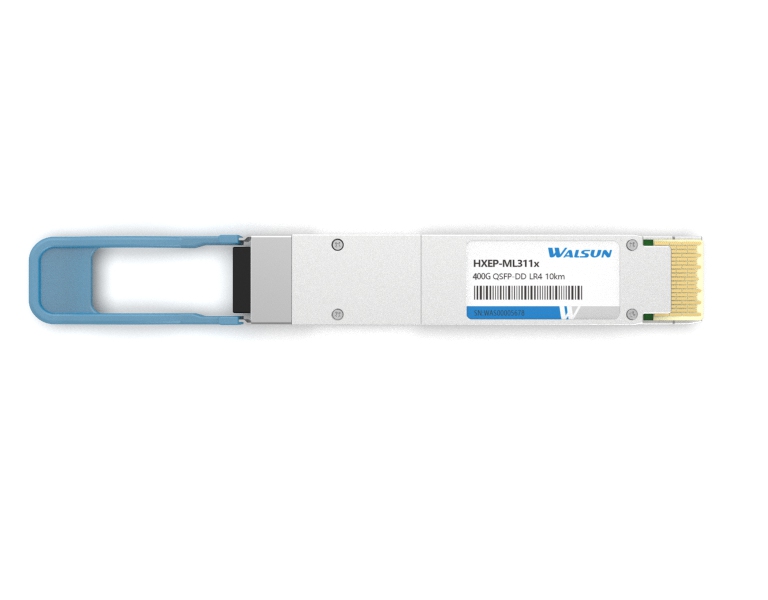PRODUCTS

- The "28" in QSFP28 refers to the number of gigabits per second (Gb/s) that the transceiver is capable of supporting. In this case, QSFP28 stands for Quad Small Form-factor Pluggable 28 and supports data rates of up to 28 Gb/s per channel, making it suitable for high-speed data transmission in networking and telecommunications applications. F1572

- QSFP (Quad Small Form-factor Pluggable) and SFP (Small Form-factor Pluggable) are both types of optical transceiver modules used in networking equipment, but there are several key differences between the two:1. Size and Density: QSFP modules are larger and denser than SFP modules, meaning they can support more ports and provide higher bandwidth. QSFP modules have four transmit and receive channels2187

- QSFP 40G SR4 stands for Quad Small Form-factor Pluggable 40 Gigabit Short Reach 4. It is a type of transceiver module used for high-speed data communication over optical fiber. It is designed for use in data center and high-performance computing environments to support high-speed networking applications. Form factor & connectors &1450

- QSFP stands for "Quad Small Form-factor Pluggable." The term "quad" in QSFP refers to the four-channel capability of these transceivers, meaning they can support four separate data channels for high-speed communication. QSFP transceivers are widely used in data centers and high-performance computing environments to facilitate fast and efficient data transfer. &2386

- The main difference between QSFP and QSFP+ cables is the data transfer speed they support.QSFP (Quad Small Form-factor Pluggable) cables have a data transfer speed of up to 40Gbps (Gigabits per second) and are typically used for 40G Ethernet and InfiniBand applications.QSFP+ cables, on the other hand, support data transfer speeds of up to 56Gbps and are used for 40G and 56G Ethernet and InfiniBand1618


 CHS
CHS Walsun Mall
Walsun Mall










